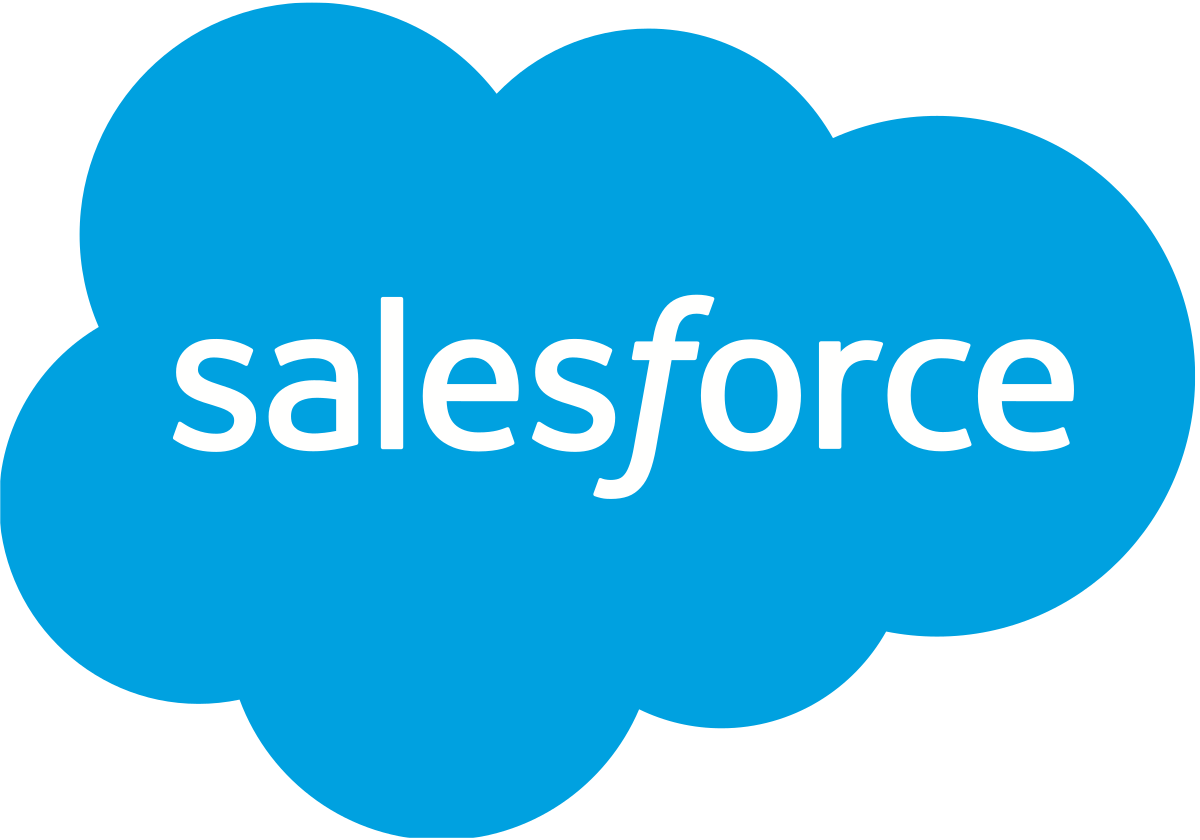Revolutionizing Business Automation with Salesforce Experience Cloud: How to Streamline Workflows and Boost Productivity
Revolutionizing Business Automation with Salesforce Experience Cloud
Why stress over having your users manually handle every step of a business task when you can automate it? The perks are twofold: your users get more time for other things, and you can rest easy knowing the process is consistently spot-on. Salesforce provides tools for automating various business processes, including guided visual experiences, behind-the-scenes automation, and approval automation. And the best part? No coding skills needed – it’s all about point-and-click simplicity.
In this article we’ll introduce you to the main Salesforce automation tools and show you how Salesforce workflow automation products are used in Experience Cloud.
Salesforce as a business automation solution
Salesforce provides great automation tools for the creation of criteria-based rules to automate business processes and repeatable actions, such as member onboarding, data entry, and customer service. By leveraging Salesforce automation tools, organizations can optimize their workflows, reduce manual tasks, and ensure a more efficient use of resources.
8 main Salesforce automation tools:
- Workflow Rules
- Process Builder
- Einstein Next Best Action
- OmniStudio
- Automated Actions
- Approval Processes
- Flow
- Apex
Use Flow Builder to create powerful automation in Salesforce. For further automation functionality, use other Salesforce automation tools, like approval processes, Salesforce Flow Orchestration, Einstein Next Best Action, Process Builder, Apex, etc. Use OmniStudio for creating components (flows) for external sharing that can be visually customized and look stunning.
Workflow Rules vs Process Builder in Salesforce
When it comes to automating internal procedures in Salesforce, both Workflow Rules and Process Builder offer valuable solutions, yet they differ in their approach. Workflow Rules serve as the primary container for a set of instructions, allowing you to automate standard processes across your organization efficiently. These rules are framed within simple if/then statements, streamlining the automation of routine tasks.
On the other hand, Process Builder steps in when you need to automate essential components of your standard processes, such as task assignments, emails, and record updates. While Flow Builder is the recommended tool for comprehensive automation, SFDC Process Builder provides a graphical representation as you build, offering an alternative approach to automate business processes with visual clarity. So, whether you prefer the simplicity of Workflow Rules or the visual representation of Process Builder, Salesforce has you covered for automating your business tasks.
Automating Salesforce Experience Cloud processes
Using Salesforce automation tools in the Experience Cloud is a big deal for companies wanting to work smarter and connect better with their users. The integration of automation tools, such as Salesforce Flow Builder, Workflow, and Process Builder, into the Experience Cloud ecosystem empowers businesses to streamline workflows and automate diverse processes. Businesses can organize tasks better, automate different jobs, and make processes run smoothly. Whether it’s automating member management tasks, optimizing community processes, or enhancing overall user experience, these tools are a big help. They basically make everything work better and save time for everyone involved.
How you can use Salesforce automation products in Experience Cloud:
- Use a screen flow or a record-triggered flow to allow new Experience Cloud portal users to self-register. Instead of using the standard self-registration component or Apex, you can opt for Flows to make it much easier for portal users to gain access quickly.
- Use a login flow to collect information from Experience Cloud users. You can set up a one-time form to ask users to add their preferences when they log in to Experience Cloud for the first time, without the need to fill in their preferences every time they log in thereafter.
- Opt for a pre-built solution that provides necessary automation capabilities for your Experience Cloud site. Imagine you are a member organization seeking for a simplified member management on your Experience Cloud site. Implement AC MemberSmart to create a robust system that will significantly improve your membership management, providing automation capabilities such as automating renewal reminders, updating membership statuses and sending event invitations or updates on new webinars or charity programs.
Need help?
If you are thinking about migration to the Experience Cloud, look for a trustworthy implementation partner that will help you navigate the complexities of Salesforce adoption ensuring your transition to Salesforce is smooth. If you already have an Experience Cloud site and are looking for additional optimization, then think about using Salesforce Workflow Builder or other automation tools that will help you save time and boost productivity.



















